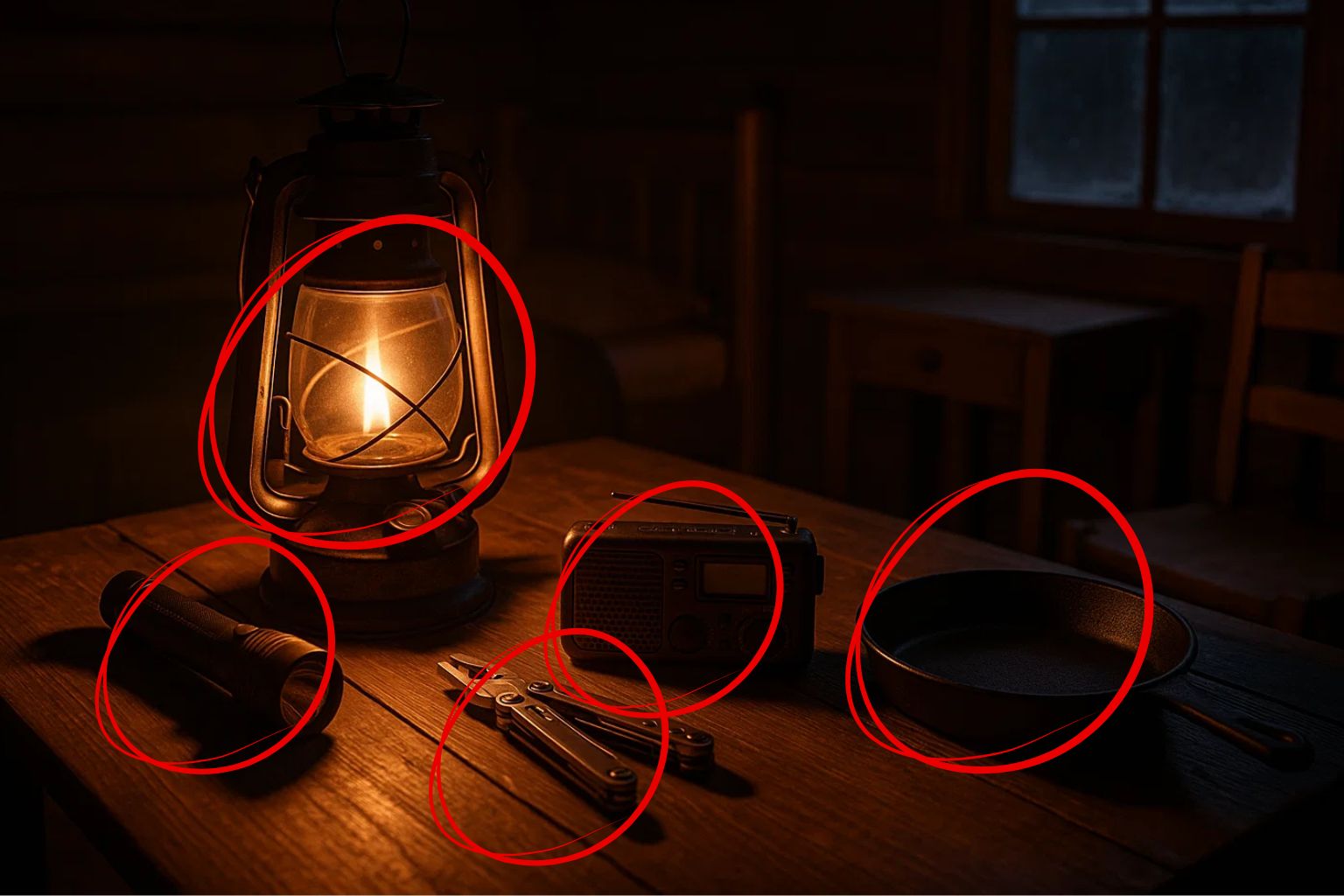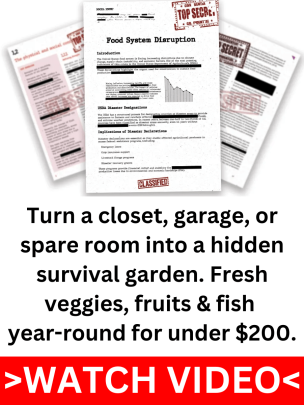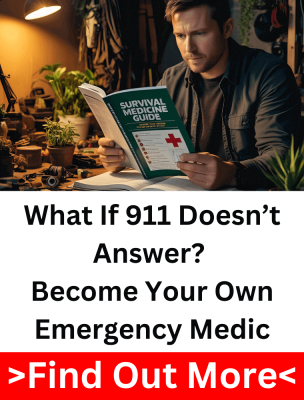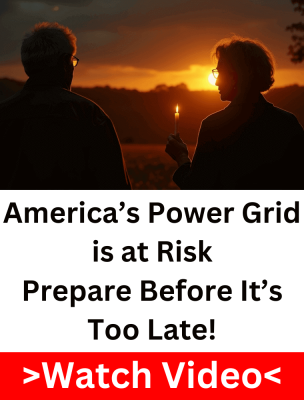Global tension is building, whether the news wants to talk about it or not. From Eastern Europe to the Middle East, alliances are shifting, threats are being tossed around, and critical supply chains are breaking down piece by piece. It’s not the kind of thing that makes most people panic, at least not yet, but those of us paying attention can feel it. The air is different. The system isn’t as stable as it looks.
You don’t have to be living next to a battlefield to feel the fallout. Prepping for global conflict isn’t about watching for bombs, it’s about seeing the pressure points before they blow. We’ve already watched prices shoot up, shelves go bare, banks glitch, and power outages hit with no warning. Just look at how a single ransomware attack on the Colonial Pipeline in 2021 caused fuel shortages across the southeastern U.S. within days. When instability overseas collides with a fragile system here at home, it only takes one spark to send everything sideways. If you’re not getting ahead of it now, you’re already playing catch-up.
The First Domino Always Falls Quietly
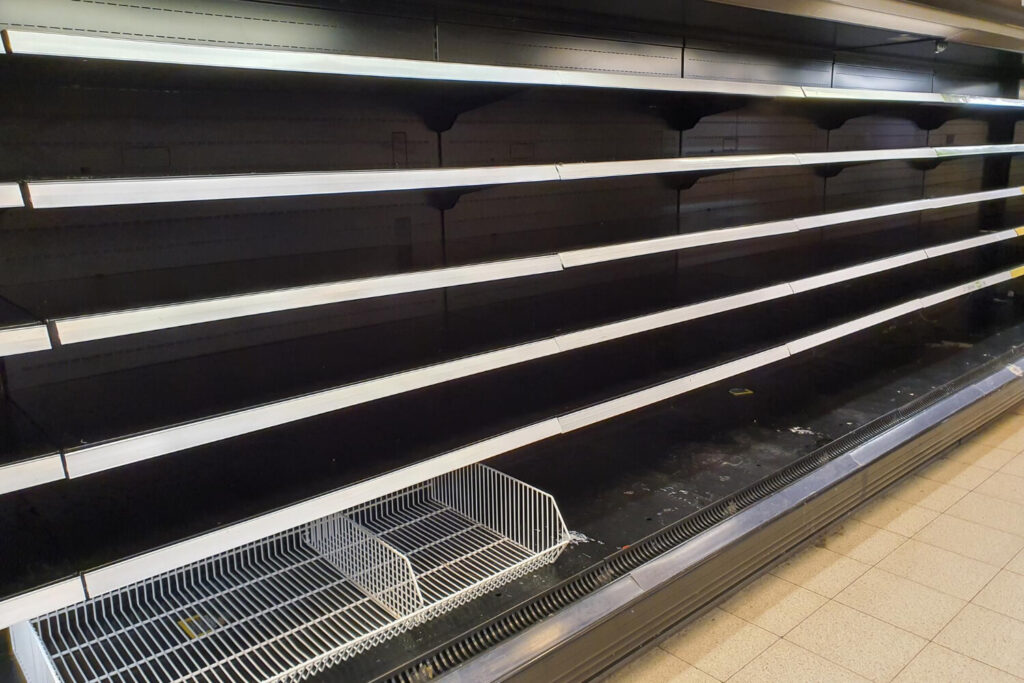
The first signs of a global conflict rarely come as headlines screaming “war.” They show up in the background: oil negotiations stalling, sanctions tightening, or a foreign cyberattack brushing just close enough to blackout a piece of infrastructure. It all seems distant, until it isn’t. One moment you’re hearing about Iranian naval disruptions in the Red Sea, and the next your heating bill has tripled. These international sparks have a way of lighting fires right here at home.
The effects move fast once the first domino tips. You’ve probably seen some already, fuel stations with limits, shelves missing basics like rice or cooking oil, or sudden “bank maintenance” messages you didn’t expect. It starts with disruptions, then rationing, then lockdowns in the name of “security.” People tend to think collapse is an event. It’s not. It’s a slow chain of systems buckling under pressure, until something breaks loud enough that everyone finally notices.
That’s why prepping for global conflict isn’t about reacting to a big announcement, it’s about understanding how quiet failure starts. By the time the government admits there’s a problem, you’ll already be standing in line, hoping there’s something left to grab. And most won’t realize the collapse was happening all along.
The Enemies You Won’t See Coming
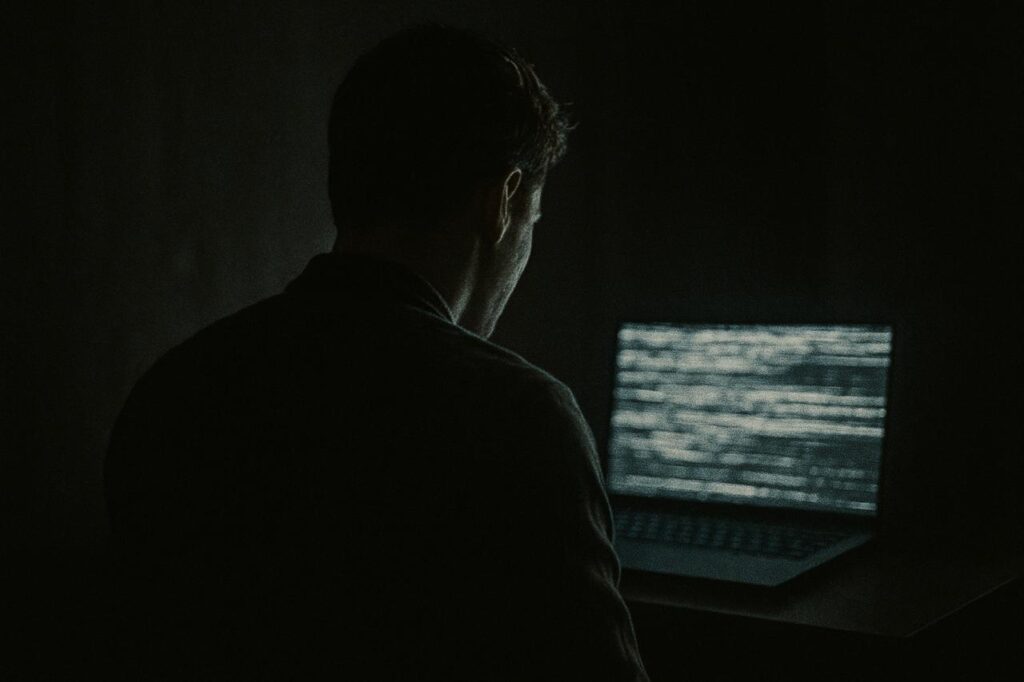
The face of war has changed. It’s no longer about tanks rolling in or missiles lighting up the sky. These days, the most damaging attacks don’t make a sound. Cyber warfare can paralyze a city in seconds. Grid sabotage can leave millions without power. And disinformation spreads confusion faster than any army could march. The scariest part? Most Americans won’t even recognize the attack until it’s already done the damage.
These aren’t weapons that level buildings, they’re weapons that undermine systems. One well-placed virus can shut down hospital networks. A single signal interruption can knock out comms for entire regions. If water treatment plants go offline or fuel supply gets disrupted, it doesn’t take long before panic fills the streets. And trust? That’s the first thing to go. Once people stop believing their banks, their media, or their government, things unravel fast.
It doesn’t take a warhead to freeze your bank account. A cyber strike, a financial glitch, or a government-issued restriction is enough. Think about what would happen if ATMs stopped working nationwide, or if cell towers went dark for a full day. No power, no comms, no access to money. Just silence and confusion.
If you’re not prepping for unseen threats like these, you’re not really prepping at all. This isn’t just about food and firewood anymore. It’s about protecting your access, to information, to resources, to your ability to act, when invisible attacks strike first.
How to Fortify Your Life Without Drawing Attention
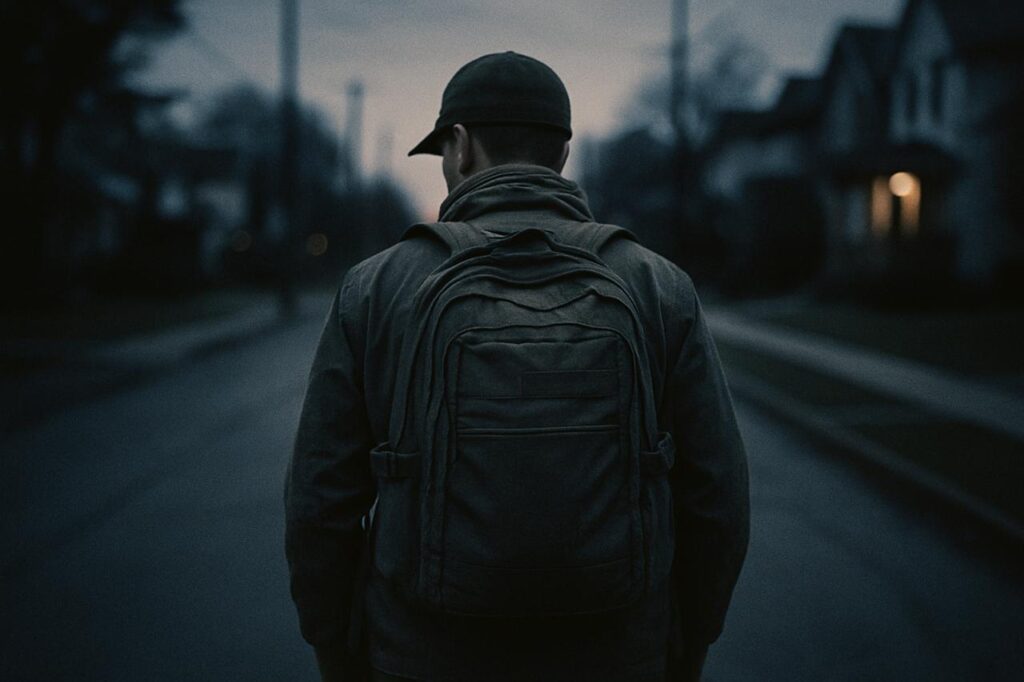
When prepping for global conflict, one of the most overlooked strategies is staying invisible. Not hiding in a bunker, but blending in. That’s where OPSEC, operational security, and the gray man mindset come in. The goal is simple: be ready without becoming a target. The more people know about your preparations, the more you risk losing them when things go sideways.
Your supply setup shouldn’t be a one-stop-shop. If everything you own is in one place, it only takes one break-in or raid to wipe it all out. Spread your resources. Keep some at home, some in your vehicle, and stash a bit off-site if you can. Use clever methods, false wall panels, PVC tubes buried in the yard, or hidden compartments in furniture. If it’s obvious, it’s vulnerable.
Your home security should follow the same rule: low profile, high function. Motion-activated lighting, thorny landscaping beneath windows, secure locks, and reinforced doors do a lot without turning your house into a fortress. A barking dog or a strategically placed “No Trespassing” sign can be more effective than bars on your windows.
And let’s be blunt, don’t talk about your preps. Don’t show off your gear online, don’t tell your neighbors about your stockpile, and don’t leave packaging from survival products in the trash. The quiet prepper keeps the advantage. The loud one becomes the first stop when supplies run low.
In any kind of breakdown, the ones who last are the ones who stay off the radar. Stay neutral, stay unnoticed, and let the chaos pass right by your door.
What to Do When Civil Order Starts to Crack
You’ll know something’s wrong long before anyone calls it a collapse, if you’re watching for the signs. It might start with sudden shortages of basics like fuel or medication, or notices that ATMs are down “for maintenance.” Social media blackouts, military vehicles on highways, curfews announced without a clear reason, or even limits on cash withdrawals, these aren’t conspiracy theories anymore. They’re the early symptoms of a system locking down.
When these signs start stacking up, movement becomes a risk. Stay home. Stay quiet. Don’t make supply runs unless absolutely necessary. If you have to move, do it fast and don’t carry anything that makes you look prepared. In a crowd of panicked people, being the one who “has everything” makes you the target. The goal is to be invisible, not impressive.
And this is where your mindset matters most. Panic is contagious, but so is calm. You’ve prepared for this. You have a plan. While everyone else is racing to empty shelves or shouting into their phones trying to reach the bank, you’re already two steps ahead. You’ve already decided what you’ll do, where you’ll go, and how you’ll ride it out. That’s the difference between surviving and scrambling.
Your Immediate Action List
This isn’t the time to brainstorm. It’s the time to act. If you’re prepping for global conflict, there are a few critical things that should already be in motion,bquietly, efficiently, and without delay. Start with the basics:
- Rotate your fuel, food, and medications — nothing in your stockpile should be near expiration.
- Fill every available water container — drums, bathtubs, barrels, even clean trash cans.
- Harden your home without drawing attention — reinforce doors, check locks, secure windows.
- Test your comms — radios, backup power, signal range, batteries.
- Walk through your plan — sit down with your family and go over the bug-in and communication protocols step-by-step.
This is your window, before the noise, before the panic, before the systems start failing. When it all starts to unravel, you won’t get a warning. You’ll either already be ready, or you’ll be scrambling to catch up. And in that moment, being just a little bit ahead makes all the difference.
Modern war doesn’t knock on your door, it slips in quietly and shuts off your access to the things you thought you could count on. The power, the internet, the grocery store, the bank… gone before most people realize it’s happening. But if you’ve done the work ahead of time, none of that catches you off guard. While others spiral into chaos, you stay calm. You stay covered. You stay ahead.






